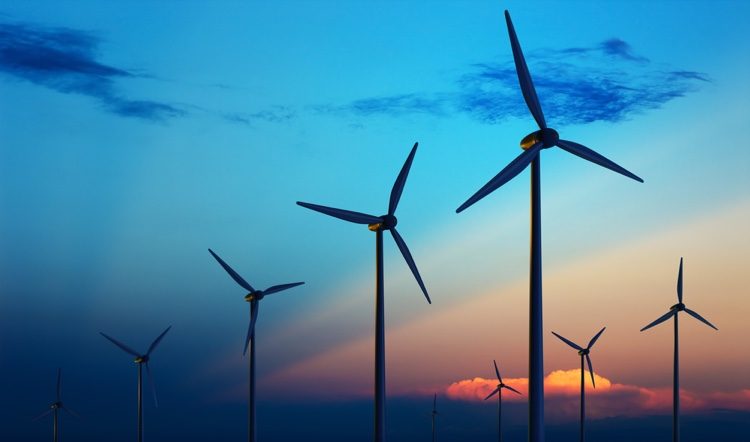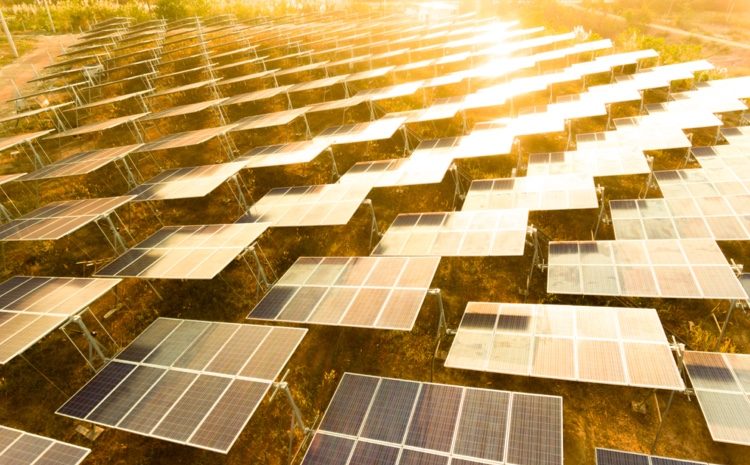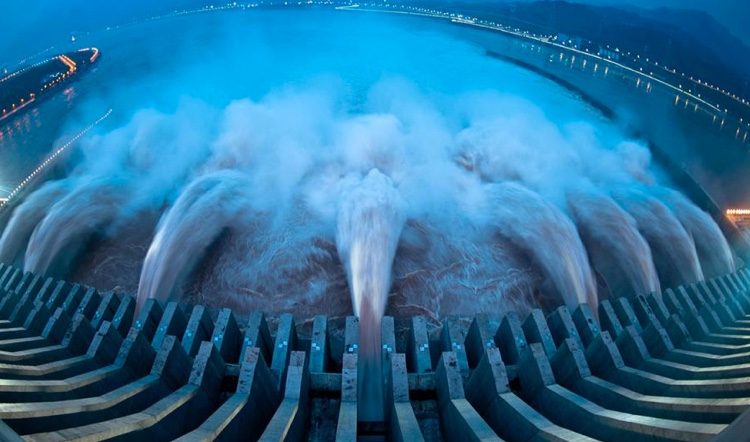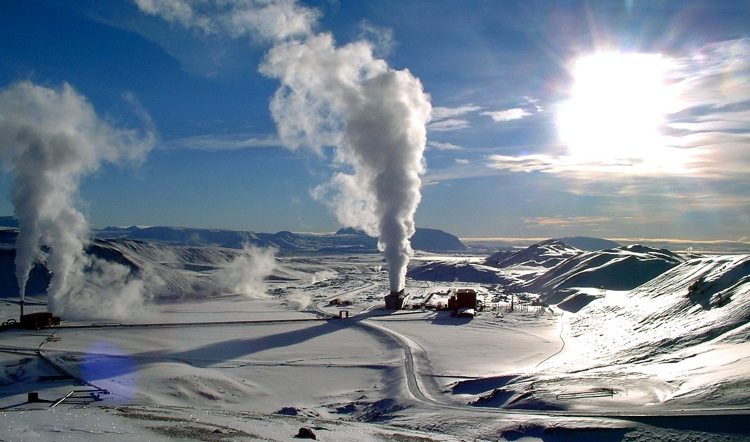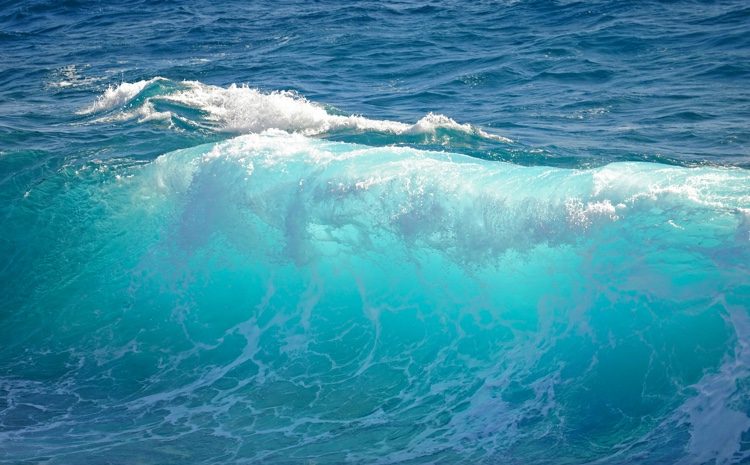Using of wind power goes back to 5000 BC when Egyptians used wind to drive their boats on the Nile River. Currently, wind energy is employed to produce electricity energy at approximately 10,000MW. In fact at 0 latitude irradiation of sun are more than of other regions of the globe. Because hot air based on weight, is lighter than cold air, so it will rise and will spread to north and south of globe till 10 km altitude. Wind turbine converts wind force to electricity energy by its blades’ rotation, and the produced energy depends on the wind speed, density of air and blade rotor area. However, wind turbines cannot work in those areas of the world where wind speed is less than 1.5 m/s, so there are limitations in using wind energy.
Wind Energy
